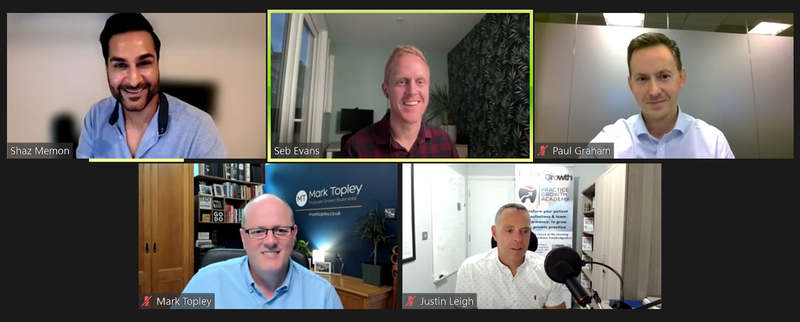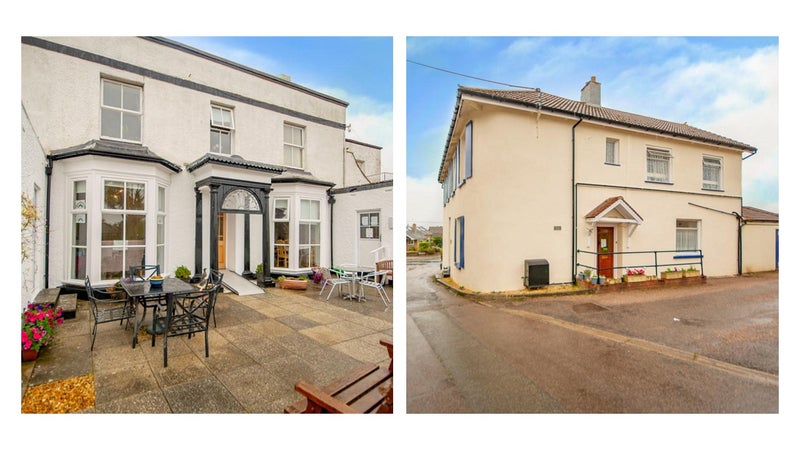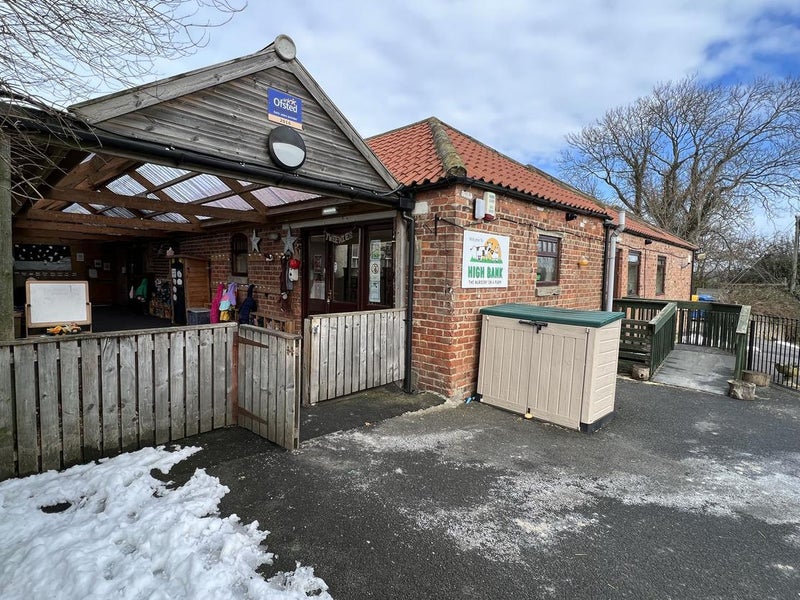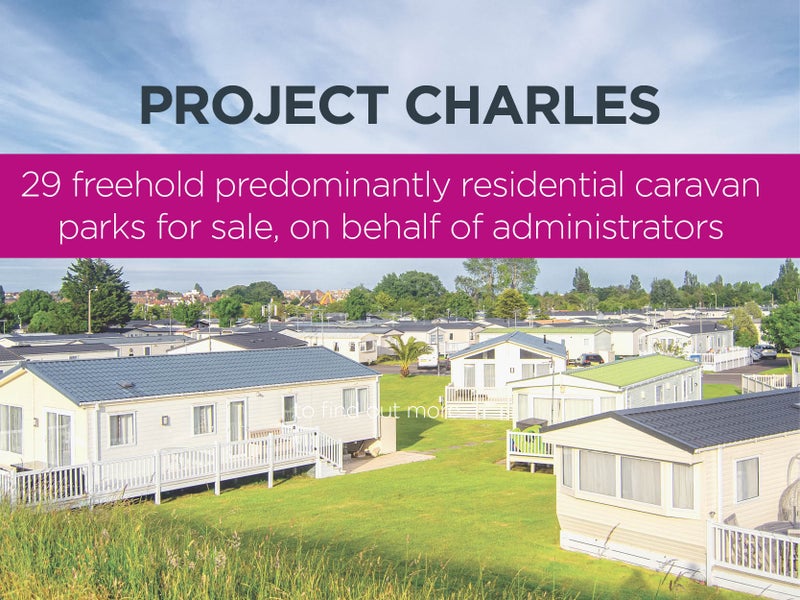South West care home market sees "increased activity"
Specialist business property adviser, Christie & Co, has reported increased activity in the care home market in the South West over the first half of 2016 as compared to the same period last year.
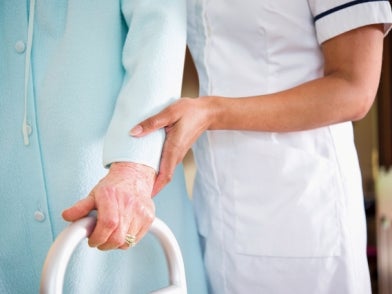
Christie & Co’s South West team, which includes offices in Bristol, Cardiff and Exeter, has completed on 40% more care businesses, and agreed deals at an increase of almost 25%, than this time last year.
This growth of demand in the market comes despite the looming European referendum, as well as the implementation of the National Living Wage on 1st April which was predicted to hit the care sector particularly hard.
The sale of care homes in distress in the South West region is 25% lower in 2016 compared to the same period last year. Stephen Jacobs, Director of Bank Support & Business Recovery for Christie & Co, comments, “Although the implications of the National Living Wage are yet to be fully felt by most operators, this goes against the trend in other regions, such as in the North of England, where the number of distressed care businesses coming to the market has increased.”
Profitability in the sector continues to be found by care home owners increasing fees and executing cost-saving exercises. Christie & Co reports that more operators are focusing on the development of their properties, meaning that they can accommodate more service users and provide better quality facilities to justify charging higher prices.
Jonathan Southgate, Business Agent in the care team of Christie & Co’s Bristol office comments, “With the National Living Wage adding 6-8% on the wage bill of an average elderly care home, margins will be squeezed and local authority fee increases will be scrutinised more closely than ever.
“Some local authorities have cushioned the effect of the National Living Wage by increasing their fees by more than they ordinarily would. Swindon, for example, has increased their fees by 6% whereas other authorities have been less generous, with Gloucestershire offering 1%.
“Despite obvious headwinds, investment and interest is still actively flowing into the sector from a range of parties, who are taking advantage of low interest rates and active bank funding. These include private equity houses and corporate operators, on top of expanding independent care groups and first time entrants to the sector.”
